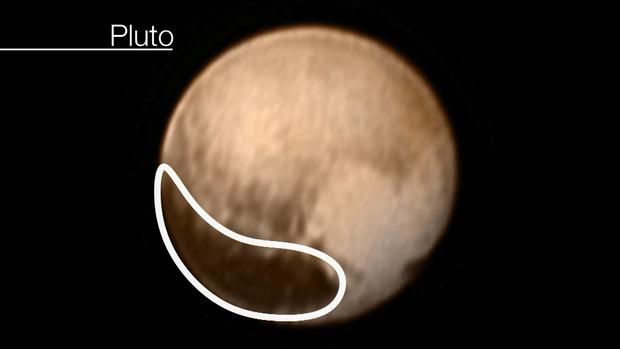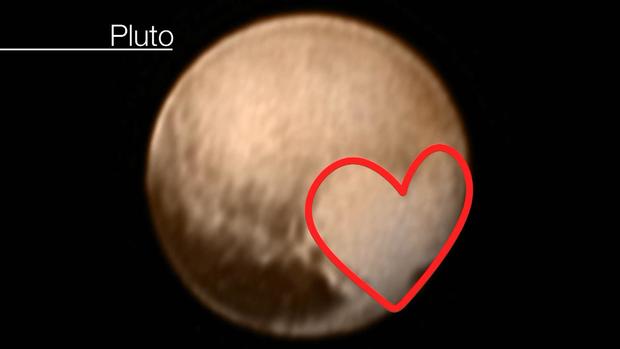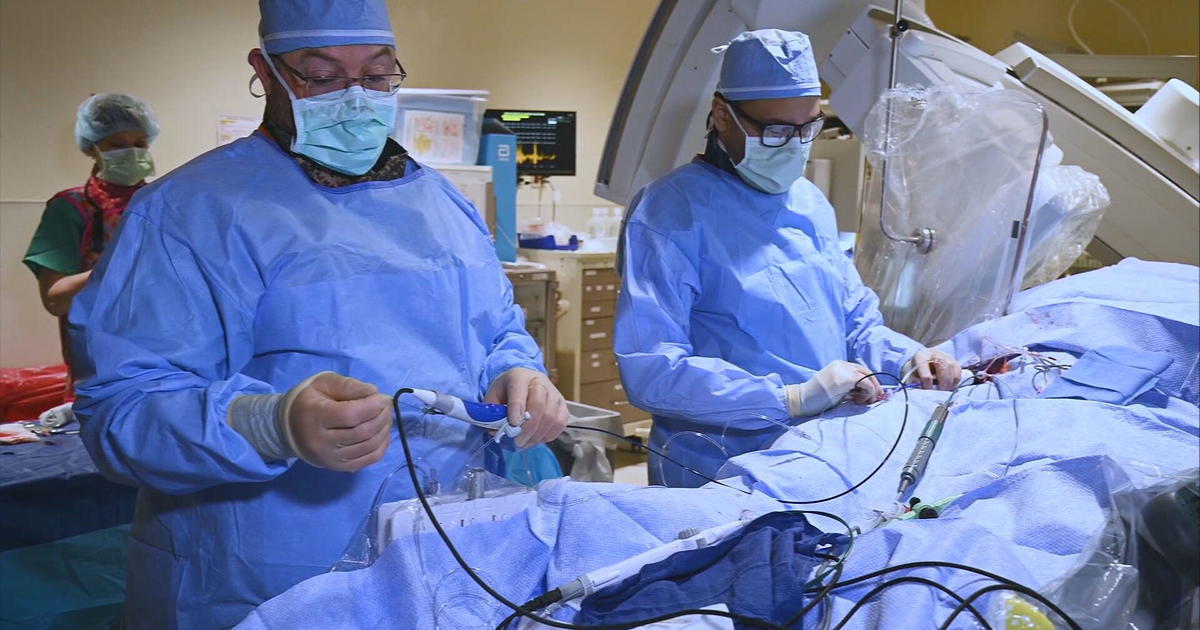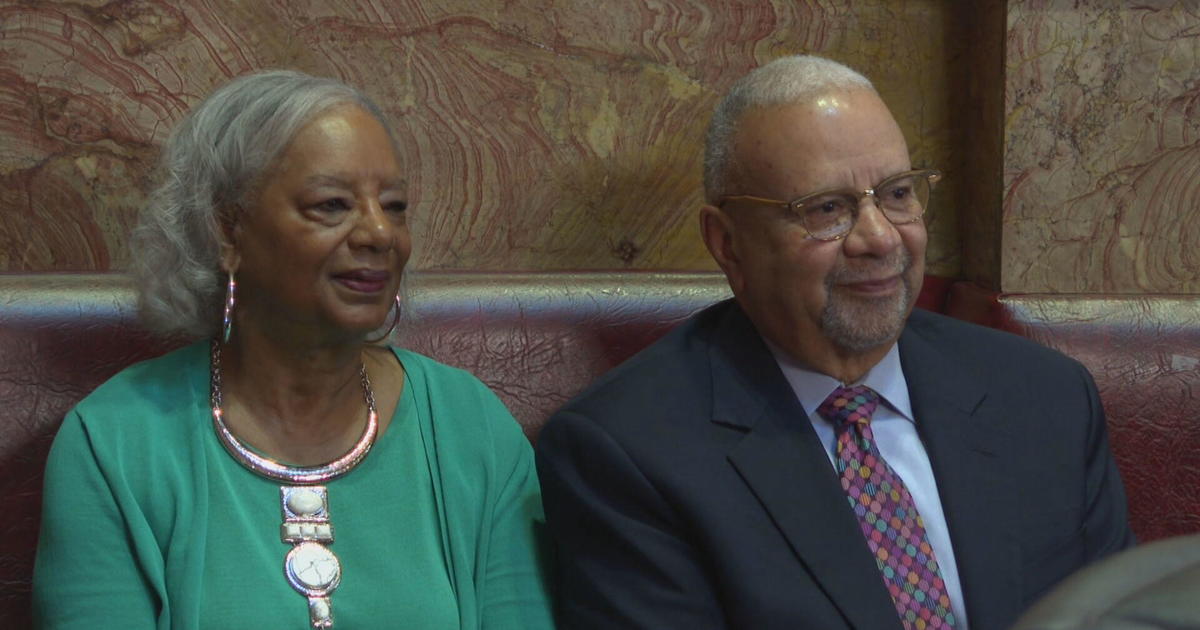'New Horizons' About To Reach Pluto With Colorado-Built Experiments
DENVER (CBS4) - It's just two days away from a historic space mission at the edge of the solar system.
This Tuesday after 9 1/2 years and more than 3 billion miles the New Horizons spacecraft will finally reach its destination -- the mysterious dwarf planet of Pluto,
Launched in 2006, the piano-sized spacecraft contains equipment and experiments designed in Colorado. Cruising at a staggering 31,000 miles per hour the craft has already passed Mars, Jupiter, Saturn and Neptune. The mission is already uncovering new data and showing new pictures of Pluto.
"We are really making history and you don't get to do that very often," said Alan Stern, the mission's principal investigator.
Stern calls it the Mount Everest of planetary exploration.
"New Horizons is 'The Last Train to Clarksville.' It's 'The Last Picture Show.' And in the rest of our lives I don't expect that we will see another mission to big real estate that has not yet been explored," Stern said.
A few months ago New Horizon's photos showed Pluto as a fuzzy blob. Now they show inexplicable splotches of color which excited scientists are already giving nicknames -- one is the whale and another shows that Pluto has a big heart.
It will take 4 1/2 hours for Tuesday's photographs traveling at the speed of light to reach mission control at the Johns Hopkins Applied Physics Lab in Maryland, so they won't be available to see until Wednesday.
For Stern the wait is excruciating but he says it will be worth it because New Horizons will be just 7,800 miles from Pluto and the photos will be hundreds of times clearer than they are now.
Stern says to expect the unexpected.
"And that is the lesson of planetary exploration. The first missions to Mars -- they didn't expect to find craters and river valleys but they did. First mission to Jupiter found moons with volcanos going off hundreds of miles in to space," he said.
Stern is making no predictions about Pluto.
"When I'm asked what I expect, I expect to find something wonderful."
In this time of global conflict America will soon get to share something wonderful with the entire world.
Colorado scientists have a lot riding on the mission. Ball Aerospace built the imaging equipment that let's New Horizons see. There's also a "stardust counter" on board built and operated by University of Colorado students.
CBS4 will be covering the flyby on Tuesday.
LINKS: NASA | Johns Hopkins University






